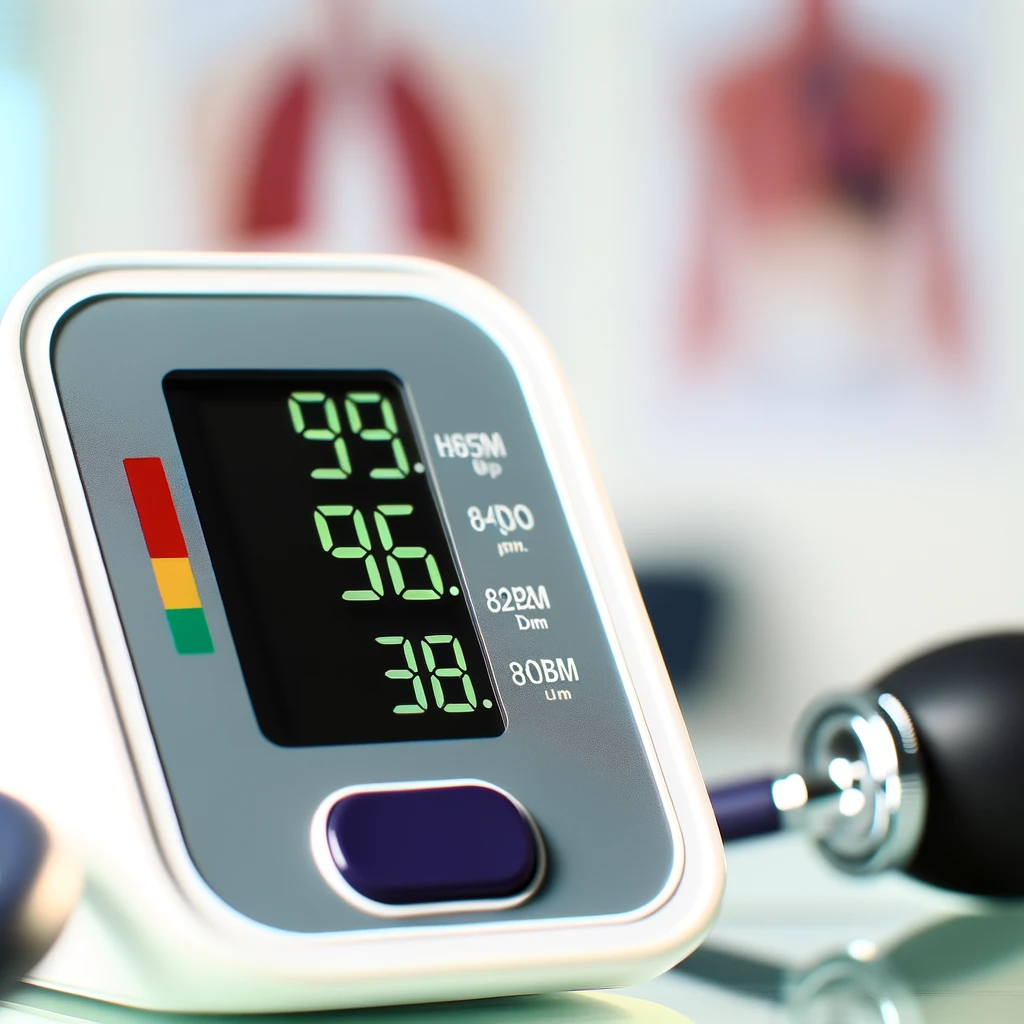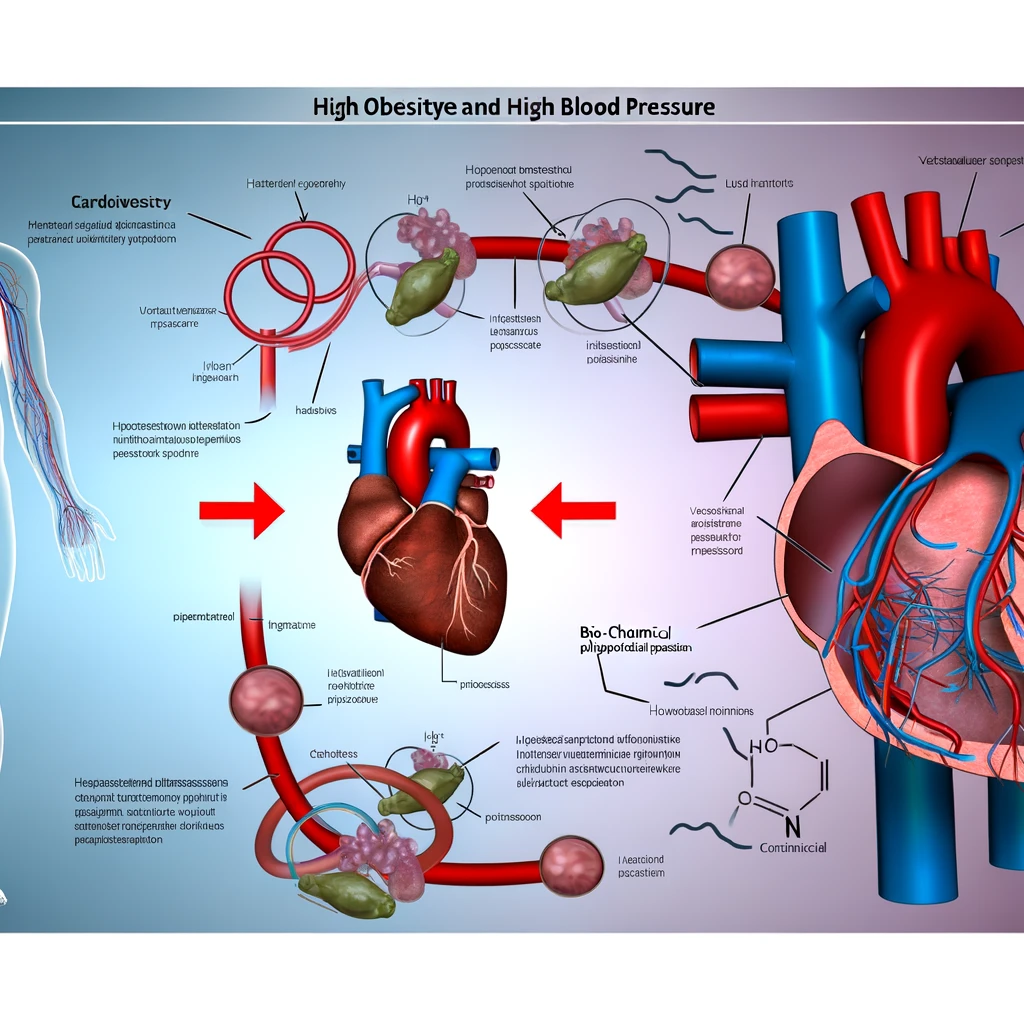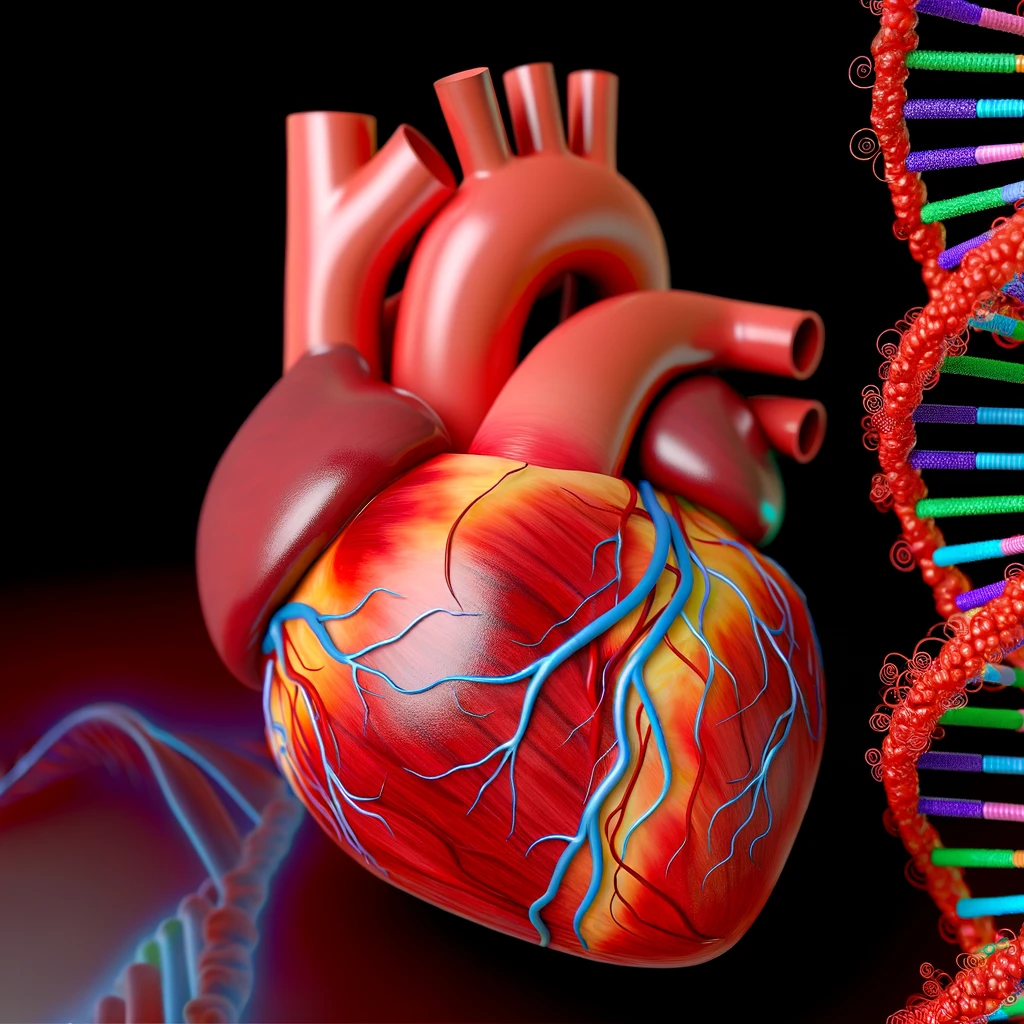Introduction to Orthostatic Hypotension
Orthostatic hypotension, also known as postural hypotension, is a condition characterized by a sudden drop in blood pressure when a person stands up from a sitting or lying position. This condition can cause dizziness, lightheadedness, and even fainting, affecting daily activities and quality of life.
Causes of Orthostatic Hypotension
Understanding the underlying causes of orthostatic hypotension is crucial for effective management. The condition occurs when the body's blood pressure regulation mechanisms fail to respond adequately to changes in posture. Some common causes include:
Dehydration
Insufficient fluid intake can lead to decreased blood volume, contributing to orthostatic hypotension.
Medications
Certain medications, such as diuretics, beta-blockers, and antidepressants, can lower blood pressure and lead to symptoms.
Neurological Disorders
Conditions like Parkinson's disease and multiple system atrophy can affect the autonomic nervous system, impairing blood pressure regulation.
Heart Problems
Heart conditions that affect the heart's ability to pump blood efficiently can also contribute to this condition.
Symptoms of Orthostatic Hypotension
The symptoms of orthostatic hypotension typically occur within a few minutes of standing and can include:
- Dizziness or lightheadedness
- Blurred vision
- Weakness
- Fainting
- Confusion
These symptoms may vary in intensity and frequency, depending on the underlying cause and individual health factors.
Diagnosing Orthostatic Hypotension
Diagnosing orthostatic hypotension involves measuring blood pressure while sitting, lying down, and standing. A significant drop in blood pressure upon standing confirms the diagnosis. Additional tests may include blood tests, ECG, and tilt table test to identify underlying causes.
Management and Treatment
Managing orthostatic hypotension often involves a combination of lifestyle modifications and medical treatments. Here are some effective strategies:
Lifestyle Modifications
- Increase fluid and salt intake under medical supervision to boost blood volume.
- Wear compression stockings to improve blood circulation.
- Rise slowly from sitting or lying positions to give the body time to adjust.
- Avoid prolonged standing and high temperatures, which can exacerbate symptoms.
Medical Treatments
If lifestyle changes are insufficient, medications such as fludrocortisone or midodrine may be prescribed to help increase blood pressure. It's essential to work closely with healthcare providers to find the most suitable treatment plan.
Conclusion
Orthostatic hypotension is a manageable condition that requires a comprehensive approach to treatment. By understanding its causes, recognizing symptoms, and implementing effective management strategies, individuals can improve their quality of life and reduce the risk of complications. Regular follow-ups with healthcare providers are essential to monitor the condition and adjust treatment as needed.
Related Articles




